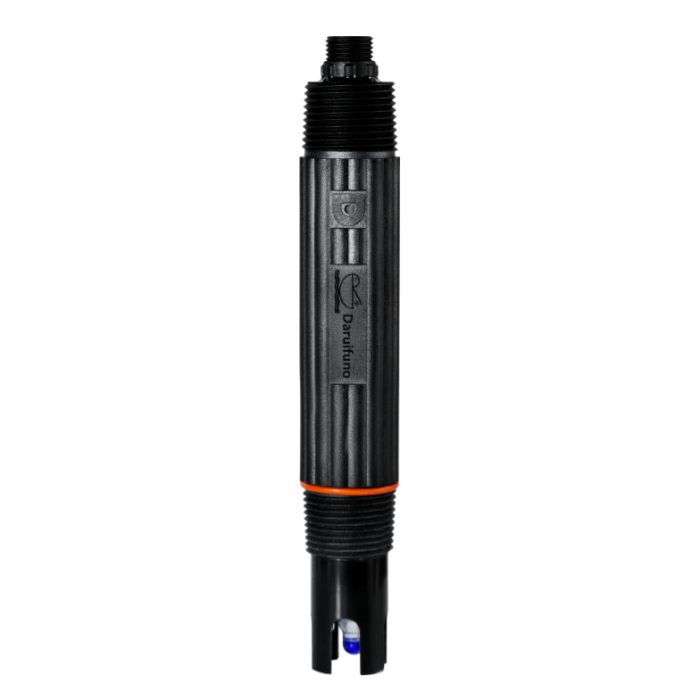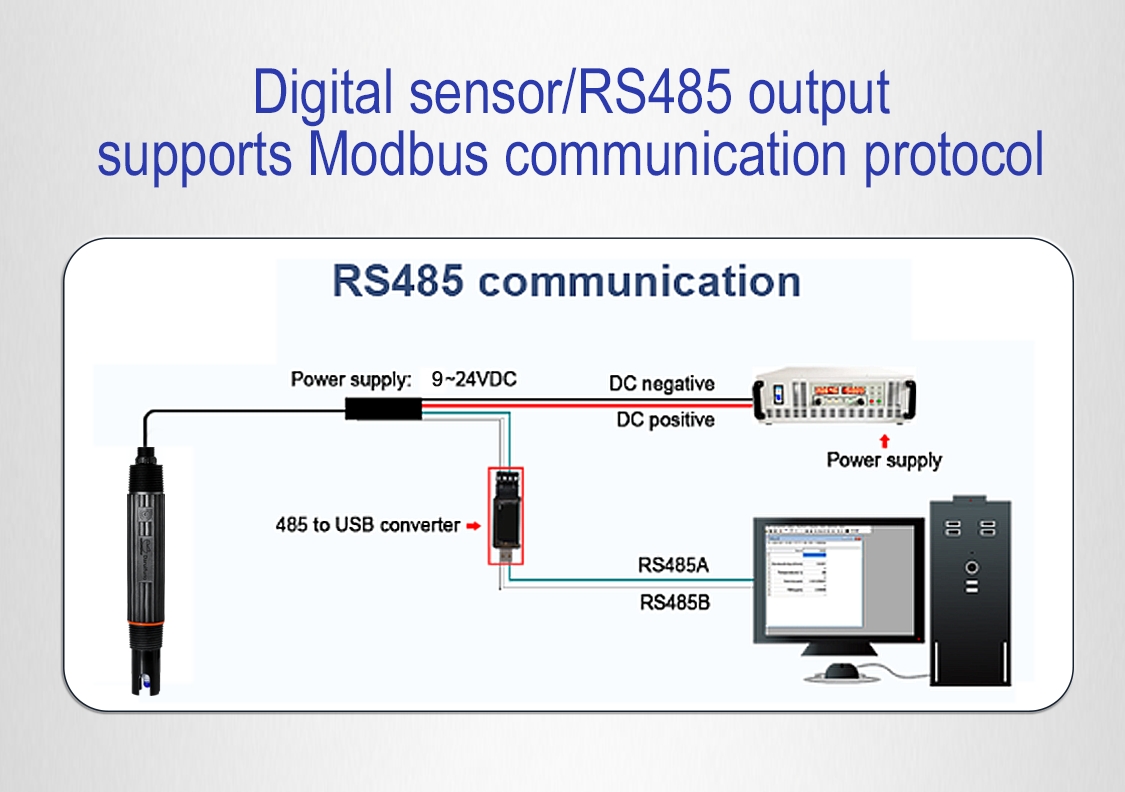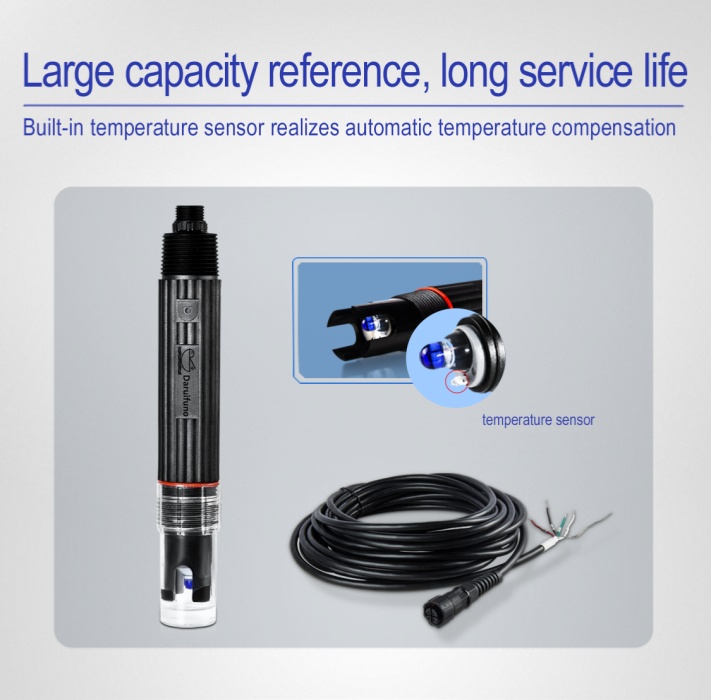When choosing a crib for your newborn, have you considered the potential dangers that could put your baby’s safety at risk? Not all cribs on the market are designed with safety in mind. How can you ensure you're selecting the best crib for your baby's development? Let’s take a closer look at the key hazards and how to avoid them.
Trap One: The Rails
Safety Hazard: A baby’s skull is still soft and malleable, so if the spacing between the crib rails is too wide, there's a risk of the baby getting their head stuck between the bars.
How to Avoid: When shopping for a crib, bring a ruler to measure the gap between the rails. The ideal space should be between 4.5 cm and 6.5 cm. As a quick test, try sliding a soda can through the bars—it should not fit.
Trap Two: The Mattress
Safety Hazard: An improperly sized mattress can create gaps around the edges, which may trap a baby’s limbs or face. Soft surfaces like waterbeds or bean bags can also pose a suffocation risk.
How to Avoid: Ensure the mattress fits snugly inside the crib. There should be no more than a 4 cm gap between the mattress and the crib’s sides. Check the mattress support system regularly and make sure all parts are secure. Never place your baby on a soft or uneven surface.
Trap Three: Straps and Ropes
Safety Hazard: Loose ropes or straps can become entangled around a baby’s body, potentially leading to choking or suffocation.
How to Avoid: Trim any excess rope on bumpers or toys. Avoid using anything longer than 18 cm near the crib. If your baby can sit up, remove bumpers entirely to prevent accidental entanglement.
Trap Four: Pillows, Blankets, and Bedding
Safety Hazard: Soft bedding, pillows, and blankets can block a baby’s airway, especially if they roll onto their face.
How to Avoid: Use only a firm mattress with a fitted sheet. Avoid large pillows, thick blankets, or plastic covers. Keep the bedding tight and smooth, without wrinkles or bunching.
Trap Five: Hanging Toys
Safety Hazard: Hanging toys can pose a strangulation risk when a baby starts crawling or reaching.
How to Avoid: Remove hanging toys once your baby can sit up or crawl. Always keep toys out of reach when unattended and choose safe, non-entangling options.
By being aware of these common pitfalls, you can create a safer sleeping environment for your baby. Always prioritize safety over comfort when it comes to your little one’s crib setup.
RS485 PH Sensor
Overview
RS485 PH Sensor, also known as RS485 pH probe, is a cutting - edge digital pH monitoring device tailored for reliable and long - distance communication in complex industrial settings. RS485 pH sensors integrate temperature compensation and advanced signal processing functions, and excel in applications requiring high accuracy, low interference and seamless intelligent integration. This technology can provide reliable real-time monitoring in environmental and industrial water systems.
Â
RS485 Communication and Its Significance in Sensors
RS485 is a robust differential signaling communication standard widely embraced in industrial automation. It supports multi - drop networking, enabling multiple devices, such as the RS485 pH sensor, to operate on a single twisted pair of wires over distances of up to 1200 meters. This significantly simplifies wiring complexity and ensures strong anti - interference performance.
Within the RS485 pH sensor, the RS485 interface works in harmony with the Modbus - RTU protocol, facilitating seamless integration into SCADA systems, PLCs, and remote monitoring networks. The digital nature of the RS485PH sensor ensures that even in high - noise environments, the signal remains stable and accurate. Compared to analog sensors, the RS485PH sensor offers real - time data transmission, enhanced signal integrity, and supports remote calibration and diagnostics.
Â
pH Monitoring and Sensor Technology
The pH value is a fundamental parameter in water quality analysis, measuring the hydrogen ion activity in liquids. The RS485 pH sensor employs a sensitive glass electrode to detect hydrogen ion concentration and a stable reference electrode to provide a comparison signal. This potential difference is amplified, digitized, and transmitted via the RS485 interface.
Advanced RS485 pH sensors are equipped with automatic temperature compensation (ATC), which adjusts readings based on ambient temperature, ensuring accuracy across a wide range of field conditions. Moreover, the internal electronics of the RS485 pH sensor offer self - diagnosis functions, reducing maintenance downtime and enabling predictive servicing in large - scale operations.
Â
Applications
Wastewater Treatment: The RS485 pHÂ sensor is commonly installed in wastewater treatment plants to monitor effluent discharge quality and ensure compliance with environmental regulations. It helps optimize chemical dosing and biological treatment processes, contributing to more efficient and eco - friendly wastewater management.
Drinking Water Systems: In municipal water supplies, the RS485PH sensor plays a critical role in monitoring water pH to maintain safety and taste standards, ensuring that the water supplied to households is of high quality.
Industrial Process Control: Industries such as chemical manufacturing, textiles, and electroplating use RS485 pH sensors to maintain precise pH levels for quality control and safety, preventing product defects and ensuring smooth production processes.
Environmental Monitoring: The RS485PH sensor is used in lakes, rivers, and groundwater systems to study ecosystem health and pollution levels, often as part of multi - parameter sensor arrays, providing valuable data for environmental protection efforts.
Aquaculture & Hydroponics: Proper pH balance is essential for fish farming and soilless agriculture. RS485 PH sensors provide real - time data to automated nutrient and aeration systems, promoting healthy growth of aquatic organisms and plants.
Â
Working Principle
The RS485 PH sensor operates by measuring the voltage difference between a glass electrode sensitive to hydrogen ions and a reference electrode immersed in the solution. This potential difference is directly proportional to the pH value of the liquid.
The analog signal generated by the electrode pair is first amplified and filtered. Then, the built - in microcontroller within the RS485 pH probe digitizes the signal, applies temperature compensation, and formats it for RS485 transmission using the Modbus - RTU protocol. This ensures high - resolution, accurate data even in harsh or fluctuating environments.
Unlike traditional analog sensors, the RS485 PH sensor minimizes signal loss over long distances, supports intelligent configuration, and allows real - time data logging and remote diagnostics. This makes the RS485 PH sensor ideal for use in industrial IoT systems and centralized data control platforms.
Â
Conclusion
The RS485 pH sensor & probe represents a new generation of digital, intelligent, and robust PH Measurement solutions. With its ability to operate reliably over long distances and in harsh conditions, it is a perfect fit for modern water quality monitoring systems.
Daruifuno is a trusted manufacturer of water quality instruments. We offer a comprehensive range of solutions, including high - precision pH sensors, reliable ORP sensors, advanced conductivity sensors, and accurate dissolved oxygen sensors, all designed for industrial - grade performance and smart data integration. For high - quality RS485 pH sensors and other water quality monitoring equipment, choose Daruifuno.
RS485 pH Sensor,RS485 pH Probe,RS485PH probe,RS485PH Sensor,RS485PH Probe
Suzhou Delfino Environmental Technology Co., Ltd. , https://www.daruifuno.com



